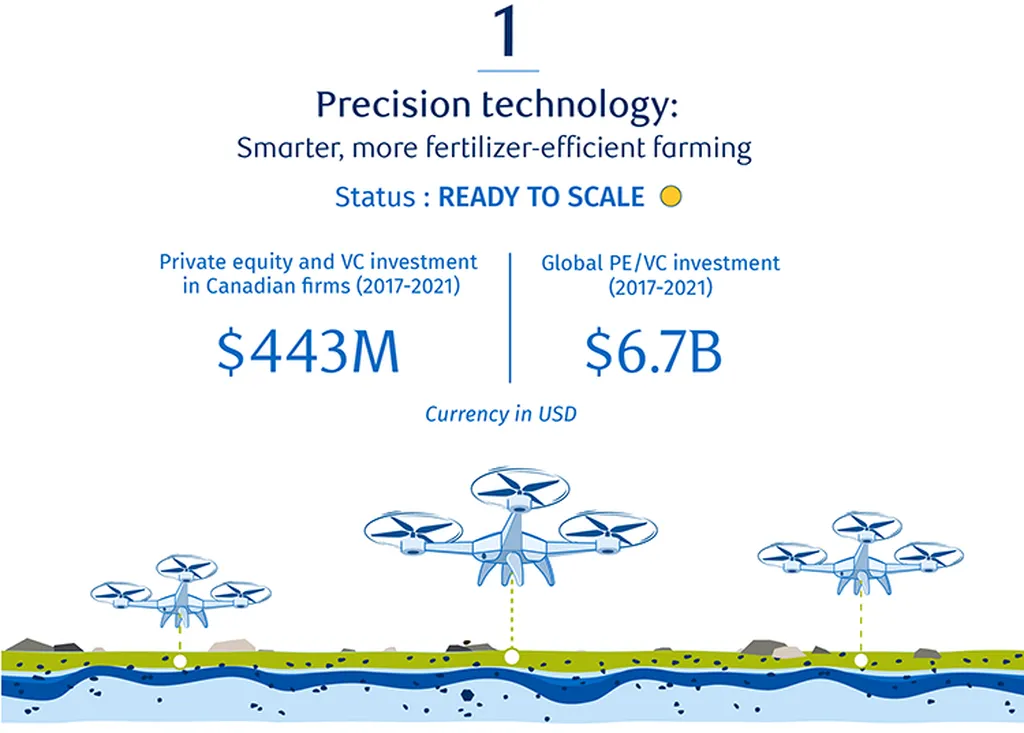In the bustling neighborhoods of Vancouver, British Columbia, a unique experiment is unfolding, one that blends the precision of technology with the wisdom of the community. At the heart of this initiative is R. Gardner-Frolick, a researcher from the University of British Columbia’s Department of Mechanical Engineering, who is pioneering a novel approach to air quality monitoring. The study, recently published in *GeoHealth* (which translates to *Earth and Human Health*), is making waves in the construction and energy sectors, offering a glimpse into how community engagement can revolutionize environmental data analysis.
Gardner-Frolick and her team deployed a network of low-cost sensors to measure nitrogen oxides (NO and NO2) and fine particulate matter (PM2.5) in a local neighborhood. But what sets this study apart is the integration of qualitative community knowledge into the quantitative analysis. “We wanted to bridge the gap between hard data and lived experiences,” Gardner-Frolick explains. “Communities often have insights that are not captured in traditional data sets, and we believed that incorporating this knowledge could enhance our understanding of air quality patterns.”
The researchers gathered community knowledge through various channels: a survey conducted by the residents’ association, odor reports from a citizen science project, and data from a community mapping event. These sources highlighted areas where cars and heavy-duty vehicles idle, locations of construction, and the presence of wood stoves—factors that significantly impact air quality but are often overlooked in conventional studies.
The results were striking. When the team created a “traditional” land use regression (LUR) model using publicly available data and compared it to a “community” LUR that incorporated community-reported air pollution sources, they found that the community LUR models fit the data better for NO2 and NOx. This suggests that community knowledge can provide valuable insights into transient and informal pollution sources that are not well captured in standard data sets.
“Community knowledge can reveal sources of pollution that are transient and informal, such as idling vehicles or temporary construction sites,” Gardner-Frolick notes. “These sources might not show up in traditional data sets, but they have a real impact on local air quality.”
The study also highlighted some challenges. Not all community-reported short-term events corresponded to peaks in the sensor data, which could indicate that reports were more correlated with unmeasured pollutants. To address this, Gardner-Frolick suggests that future studies should lower barriers to participation by hosting drop-in events, providing childcare, or timing events to coincide with neighborhood-wide activities.
The implications for the energy and construction sectors are profound. By involving communities in air quality monitoring, companies can gain a more comprehensive understanding of pollution sources and their impacts. This collaborative approach can lead to more targeted and effective mitigation strategies, ultimately benefiting both the environment and public health.
As Gardner-Frolick and her team continue to refine their methods, they are paving the way for a new era of community-driven environmental research. “This is just the beginning,” Gardner-Frolick says. “We believe that by working together, we can create more accurate and meaningful air quality assessments that truly reflect the experiences of the people living in these communities.”
In a world where data is king, this study serves as a reminder that the most valuable insights often come from the people who know their neighborhoods best. As the energy and construction sectors grapple with the challenges of reducing emissions and improving air quality, the lessons from Vancouver could prove invaluable. By embracing community knowledge, these industries can not only enhance their environmental impact assessments but also build stronger, more trusting relationships with the communities they serve.

